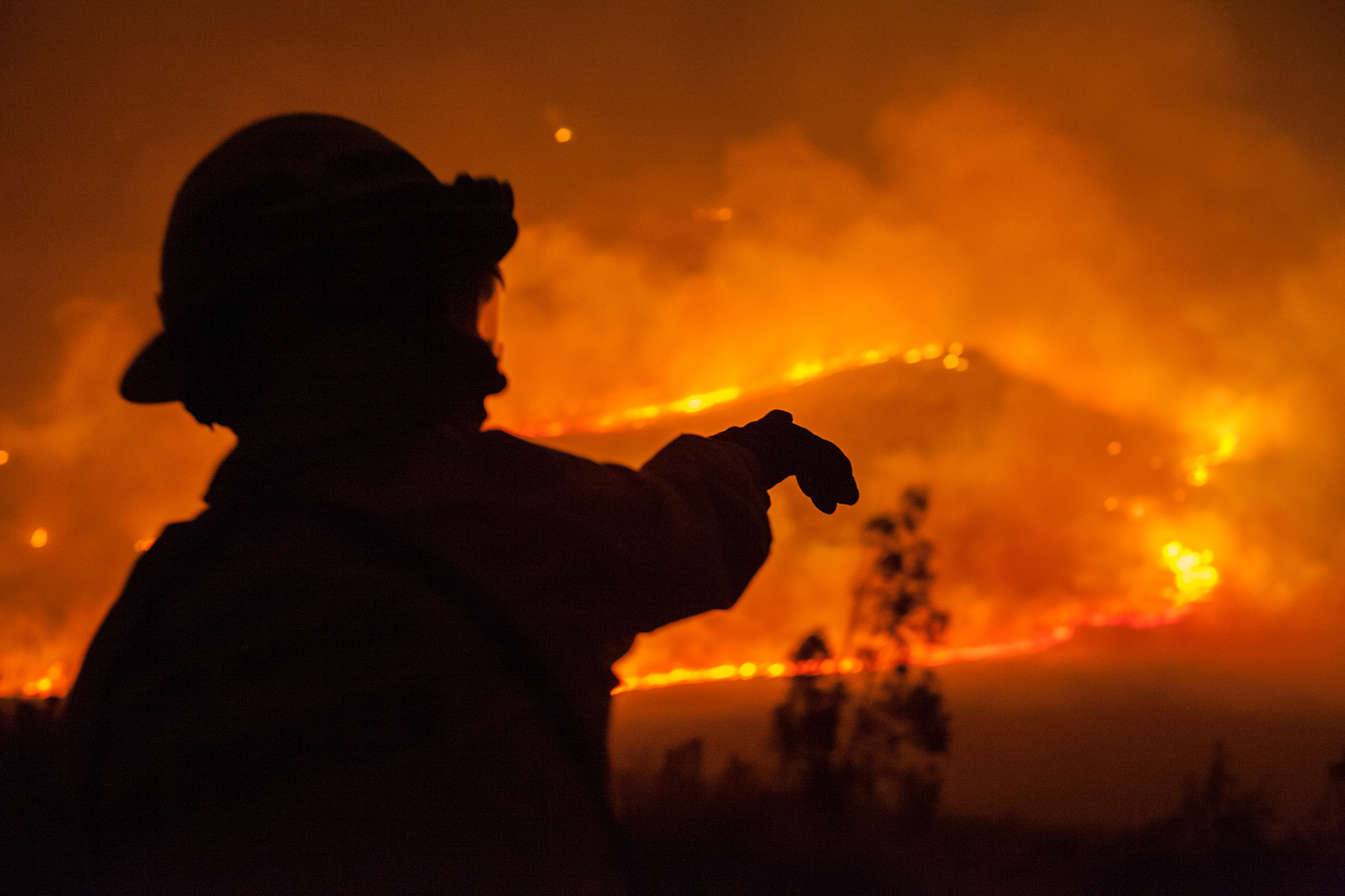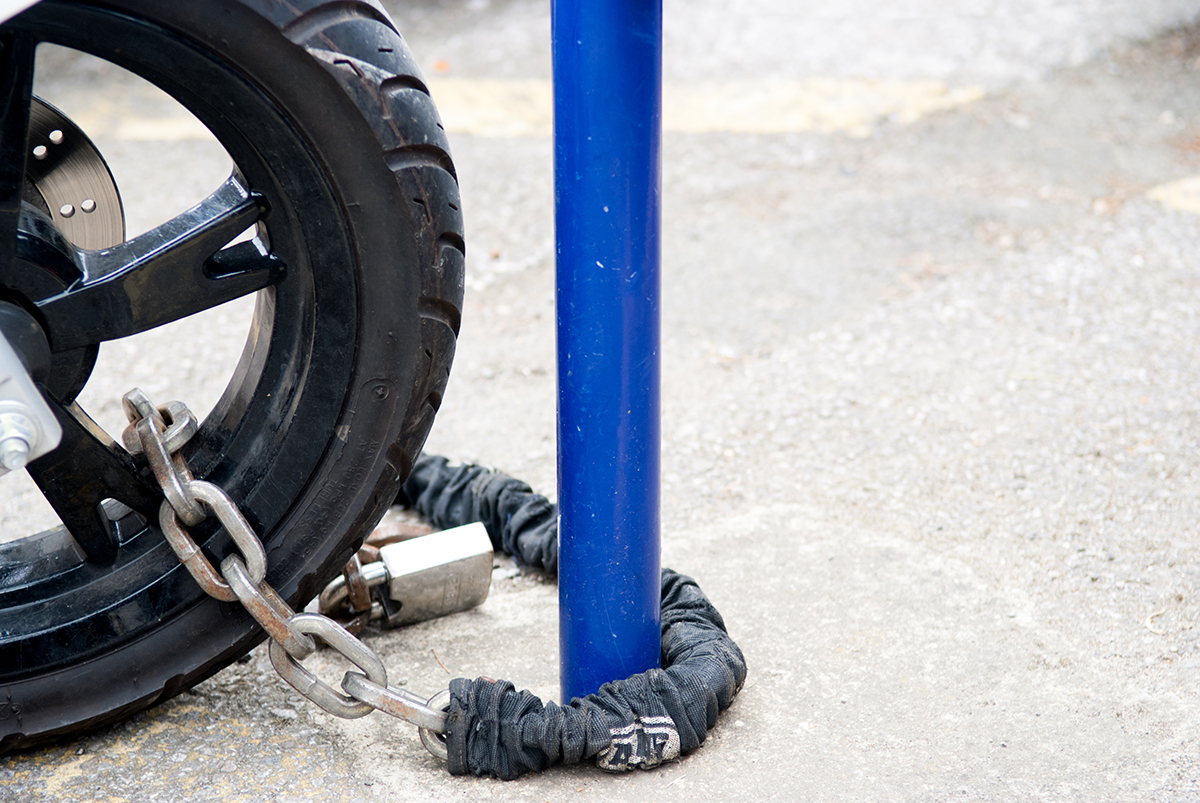Stay up to date with current information on the wildland fires affecting states all across America
According to recent data, wildfires cause nearly twice the destruction per year than they did twenty years ago.
As the frequency and severity of these natural disasters grow, more and more people are put in life-threatening danger, forced to evacuate, and lose their homes. That’s why staying informed on this topic is crucial.
It can help you prepare and protect your home, stay safe, and spread awareness.
Whether you live in an at-risk area or simply want to keep up with current events, read on for the latest in wildfire news.
What States Are Having Wildfires Right Now?
As of October 10th, nine states have reported large wildfires. These include:
- Arizona – 3 fires
-
-
- Southwest of Flagstaff (2,180 acres)
- Southeast of Happy Jack (9,181 acres)
- Northeast of Young (9,644 acres)
-
- California – 5 fires
-
-
- SRF Lighting Complex (50,198 acres)
- West of Yreka (21,725 acres)
- Southeast of Long Barn (5,700 acres)
- Smith River Complex (94,690 acres)
- West of Hayfork (3,929 acres)
-
- Florida – 1 fire
-
-
- Fish Creek 2 – (150 acres)
-
- Louisiana – 2 fires
-
-
- Northwest of Forest Hill (1,636 acres)
- Tiger Island (31,290 acres)
-
- Michigan – 1 fire
-
-
- Southwest of Powell (144 acres)
-
- New Mexico – 1 fire
-
-
- West of Corona (2,358 acres)
-
- Oklahoma – 1 fire
-
-
- Northeast of Stringtown (585 acres)
-
- Oregon – 5 fires
-
-
- Southeast of Agness (22,170 acres)
- Northeast of Sandy (2,055 acres)
- East of Port Orford (34,242 acres)
- West of Sisters (25,754 acres)
- Northeast of Chiloquin (2,663 acres)
-
- Utah – 2 fires
-
- Northwest of Emery (2,038 acres)
- North of Boulder (343 acres)
In total, there are 19 wildfires going on right now, with a staggering 321,940 acres burned.
Luckily, wildland firefighters have managed to contain the blazes in Florida and Oklahoma, and the disaster in Maui—which we’ll get into further below—is almost entirely under control.
Why Are There So Many Fires Right Now?
There are two main factors contributing to the growing number and intensity of wildfires in America.
The first is the fact that temperatures are rising steadily each year. Higher temperatures mean drier conditions, which make it easier for wildfires to start and spread, and make wildfire seasons last longer.
You may have heard that this summer was the hottest on record. Well, that trend is expected to continue, which will only contribute further to the second factor: droughts.
During droughts, especially extended ones, the materials that typically catch fire—such as grass, leaves, trees, etc.—become much drier and more flammable.
In these conditions, the chances of a wildfire breaking out are much higher, and it’s much easier for them to spread quickly when the surrounding vegetation is so dry.
The Situation in Maui
Even if you’ve only been casually keeping up with wildfire news, you’ve probably heard of the disaster in Maui.
In early August, what started as a brush fire in Kula, Maui, quickly turned into a blaze that spread to Olinda and Lahaina, burning well over 3,000 acres, displacing 6,000 residents, and resulting in 97 deaths.
The investigation is ongoing, but experts are pointing to downed power lines as the potential cause of the wildfire, which was made worse by the severe drought Maui was experiencing at the time.
Luckily, however, since then, the fires are almost entirely contained. According to the County of Maui website, the Olinda wildfire is 90% contained, the Kula fire is 96% contained, and the Lahaina fire is 100% contained.
In fact, the first wave of Lahaina residents have been permitted to return to their homes—although sadly, many of them won’t have livable homes to return to.
But on the brighter side, nearly all the people who went missing during the disaster have been accounted for, and plans to begin rebuilding damaged buildings and communities are already in place.
How to Prepare for Wildfires
If you live in a fire-prone area, just keeping up with wildfire news isn’t enough.
In a time where it seems like there’s a new one popping up every other day, preparing yourself for the worst-case scenario is the best course of action.
The following is a quick list of precautions you can take to ensure your loved ones and home are ready to respond to a wildfire:
- Register for emergency alerts from FEMA, AirNow, the National Weather Service, and your local authorities.
- Put an emergency survival kit together with essentials like water, food, snacks, flashlights, batteries, a first-aid kit, phone chargers, etc.
- Create and practice a wildfire emergency plan with your family regularly, identifying multiple safe evacuation routes for every room in your home.
- Create a fire safe zone anywhere from 30-100 feet around your home, keeping the lawn well-tended and removing any flammable debris, liquids, etc.
For a full breakdown of how to handle wildfires before, during, and after they happen, check out our blog, How to Prepare for & Respond to Wildfires.
And for the fastest way to send firefighters to your home or current location, download the Rescu app. Just two taps on your smartphone or Apple Watch instantly dispatches first responders to you—no talking required.
If you’re sheltering or evacuating during a wildfire, the last thing you want to do is spend minutes on the phone talking with a dispatcher. Rescu saves you that precious time so you can focus on protecting your loved ones and getting to safety.
In an emergency, seconds save lives. With Rescu, you’ll never have to waste a second.
Click or tap below to get started today!





